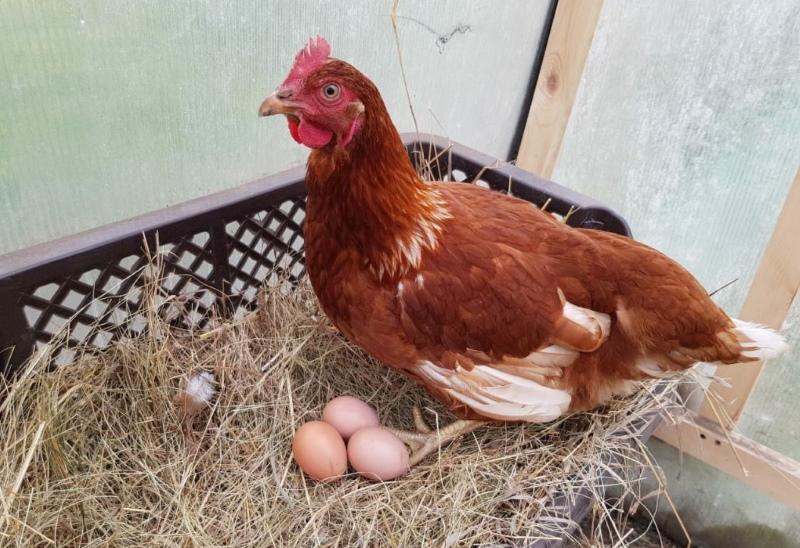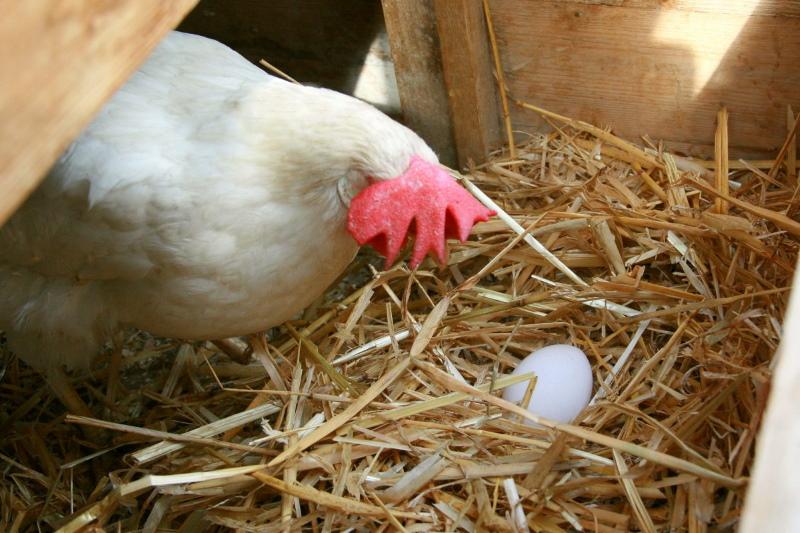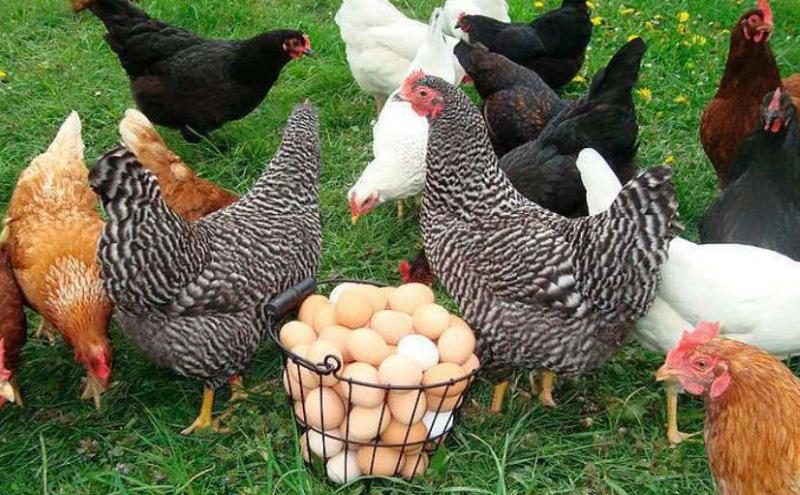Do you know at what age pullets start to lay
 If meat broiler breeds of chickens are grown for the sake of obtaining tasty meat in a short time, then egg breeds - for the sake of, in fact, the same eggs. Therefore, it is not surprising that inexperienced poultry farmers are interested in the question of at what age pullets begin to lay. It doesn't matter if the chicks are purchased, hatched, or in an incubator. You always want to see the result of your care and work as soon as possible. And also have a fresh and natural product on hand for as long as possible. Homemade eggs are healthier than store eggs, because the chickens that lay them eat more diversely than in poultry farms.
If meat broiler breeds of chickens are grown for the sake of obtaining tasty meat in a short time, then egg breeds - for the sake of, in fact, the same eggs. Therefore, it is not surprising that inexperienced poultry farmers are interested in the question of at what age pullets begin to lay. It doesn't matter if the chicks are purchased, hatched, or in an incubator. You always want to see the result of your care and work as soon as possible. And also have a fresh and natural product on hand for as long as possible. Homemade eggs are healthier than store eggs, because the chickens that lay them eat more diversely than in poultry farms.
At what age do pullets start to lay - egg production of laying hens

- Egg chickens are distinguished by early puberty and begin to lay at 5 months. Their egg-laying period lasts up to 10 months. During this time, each hen produces up to 250 eggs.
- Meat chickens develop a little more slowly and the first clutch is debugged 1.5 months later. The total number of eggs does not exceed 170 pieces.
- Meat chickens (broilers) are laid from 7 months and produce no more than a hundred eggs.
Young chickens can start laying even later - it also depends on the care and diet. From practice, it has been noticed that usually the first testicles of pullets are laid when they grow well, and their mass will be up to 80% of the weight of an adult bird. And sometimes in birds, egg production occurs even earlier than the stated dates, but there is nothing to be happy about. For hens, this poses health problems.
What affects the egg production of laying hens
 In addition to the breed, the conditions of keeping the birds affect the productivity of layers. To make it "give" more eggs, you must:
In addition to the breed, the conditions of keeping the birds affect the productivity of layers. To make it "give" more eggs, you must:
- Provide hens with lighting - daylight hours should be at least 12 hours all year round.
- Insulate the house so that the temperature in it does not drop below 12 ° C heat. It is the cold that is one of the reasons for the decrease or even the cessation of egg production in winter.
- Create a balanced diet (dry food, wet mash, herbs, vegetables, vitamins). AND feed chickens on schedule, at the same time.
- Make sure that the bird is not crowded in the room, focusing on the fact that there should be no more than 4 individuals per square meter.
And, of course, hens should have nooks and crannies where they can lay their eggs so that no one is disturbed.